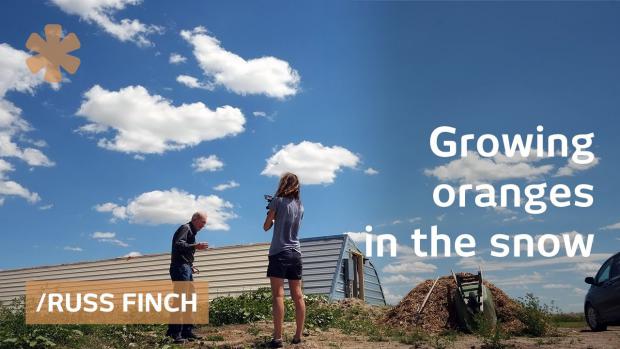
Breaking News
 Panic sets in as revealing map shows only SEVEN metro areas across the entire United States...
Panic sets in as revealing map shows only SEVEN metro areas across the entire United States...
 White House Amplifies Shocking Claims Of US Super Soldiers Deployed In Maduro Raid
White House Amplifies Shocking Claims Of US Super Soldiers Deployed In Maduro Raid
 Contrasting Chinese and US power plays in Venezuela and beyond
Contrasting Chinese and US power plays in Venezuela and beyond
 Why You Shouldn't Believe In A Full-Spectrum Crash
Why You Shouldn't Believe In A Full-Spectrum Crash
Top Tech News
 Superheat Unveils the H1: A Revolutionary Bitcoin-Mining Water Heater at CES 2026
Superheat Unveils the H1: A Revolutionary Bitcoin-Mining Water Heater at CES 2026
 World's most powerful hypergravity machine is 1,900X stronger than Earth
World's most powerful hypergravity machine is 1,900X stronger than Earth
 New battery idea gets lots of power out of unusual sulfur chemistry
New battery idea gets lots of power out of unusual sulfur chemistry
 Anti-Aging Drug Regrows Knee Cartilage in Major Breakthrough That Could End Knee Replacements
Anti-Aging Drug Regrows Knee Cartilage in Major Breakthrough That Could End Knee Replacements
 Scientists say recent advances in Quantum Entanglement...
Scientists say recent advances in Quantum Entanglement...
 Solid-State Batteries Are In 'Trailblazer' Mode. What's Holding Them Up?
Solid-State Batteries Are In 'Trailblazer' Mode. What's Holding Them Up?
 US Farmers Began Using Chemical Fertilizer After WW2. Comfrey Is a Natural Super Fertilizer
US Farmers Began Using Chemical Fertilizer After WW2. Comfrey Is a Natural Super Fertilizer
 Kawasaki's four-legged robot-horse vehicle is going into production
Kawasaki's four-legged robot-horse vehicle is going into production
 The First Production All-Solid-State Battery Is Here, And It Promises 5-Minute Charging
The First Production All-Solid-State Battery Is Here, And It Promises 5-Minute Charging
Nebraska retiree uses earths's heat to grow oranges in snow

Winter temperatures in Alliance, Nebraska can drop to -20°F (the record low is -40°F/C), but retired mailman Russ Finch grows oranges in his backyard greenhouse without paying for heat. Instead, he draws on the earth's stable temperature (around 52 degrees in his region) to grow warm weather produce- citrus, figs, pomegranates - in the snow.
Finch first discovered geothermal heating in 1979 when he and his wife built it into their 4400-square-foot dream home to cut energy costs. Eighteen years later they decided to add a 16'x80' greenhouse in the backyard. The greenhouse resembles a pit greenhouse (walipini) in that the floor is dug down 4 feet below the surface and the roof is slanted to catch the southern sun.
To avoid using heaters for the cold Nebraska winter nights, Finch relies on the warm underground air fed into the greenhouse via plastic tubing under the yard and one fan.
Finch sells a "Citrus in the Snow" report detailing his work with his "geo-air" greenhouses and says anyone can build a market-producing greenhouse for about $25,000 or "less than the cost of a heat system on a traditional greenhouse".

 Storage doesn't get much cheaper than this
Storage doesn't get much cheaper than this

